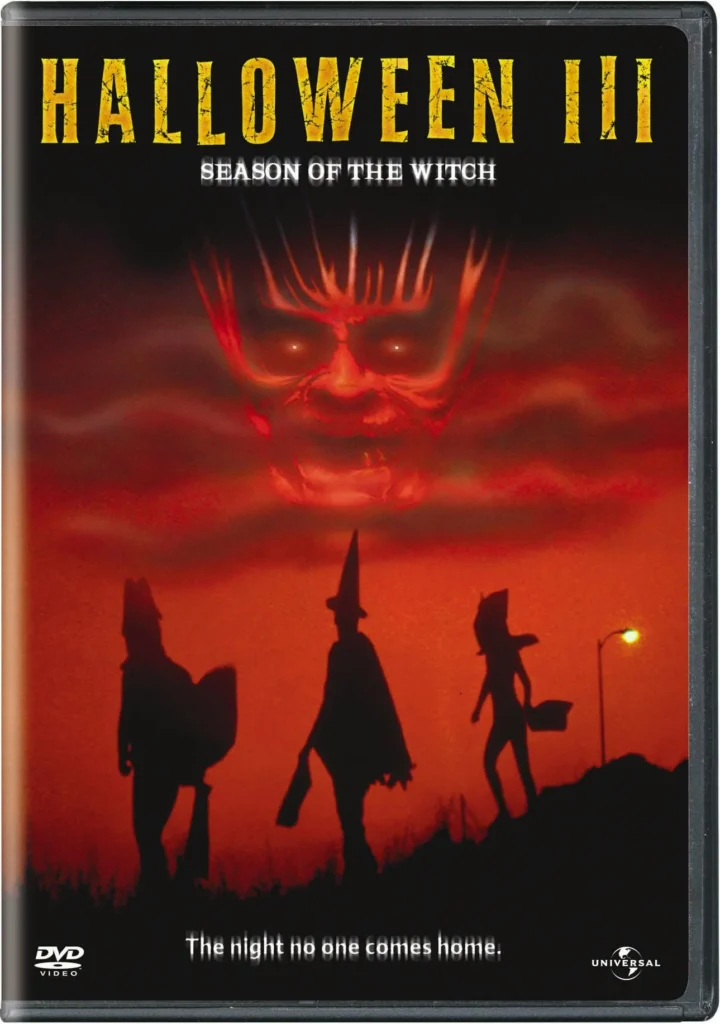The Invisible Man Returns (1940): Behind the Veil of Invisibility and Cinematic Mastery – Review

“The Invisible Man Returns”, released in 1940, was Universal Studio’s much-anticipated sequel to the groundbreaking 1933 film “The Invisible Man.” As is often the case with follow-ups to beloved cinematic endeavors, there was significant pressure to both pay homage to the original while establishing a unique voice for the sequel.
Helmed by director Joe May, the film sees Sir Geoffrey Radcliffe (played by the versatile Vincent Price in one of his earlier roles) wrongfully accused of murder and sentenced to death. As the sands in the hourglass run low, Radcliffe’s desperation peaks, pushing him to take a version of the invisibility serum introduced in the original film. As Radcliffe fades from the visible spectrum, so does his hope for sanity, setting the scene for a thrilling drama infused with elements of horror and tragedy.
Behind the screens, this movie was tasked with the incredible challenge of reprising the innovative visual effects introduced in the original. Special effects master John P. Fulton, who worked on the original film, was brought back to ensure consistency in the presentation of the invisibility effects. The challenge lay not just in rendering a man invisible but in showing his interactions with the physical world – a floating cigarette being smoked, footprints appearing on a muddy path, and clothes seemingly worn by thin air. The meticulous nature of these sequences demanded hours of work on set and in post-production. Fulton’s camera tricks, combined with wires, oversized props, and matte work, created the effect of invisibility, and it is a testament to his mastery that these effects, despite the advancements in CGI and VFX today, still retain their charm and wonder.
The choice of Vincent Price as the lead was both a blessing and a bit of an irony. Price, with his distinct voice, gave Radcliffe a touch of sophistication and intensity. Even though the character is invisible for a significant portion of the film, Price’s haunting voice leaves an indelible mark. The irony, of course, lies in the fact that an actor known for his striking visual appearance spends much of the film unseen.
The narrative of “The Invisible Man Returns” takes a more emotional turn compared to its predecessor. Radcliffe’s struggle isn’t just against the world that wronged him but also against the side effects of the serum that threatens to push him to madness. This added layer of internal conflict, heightened by Price’s performance, gives the sequel a depth that resonates with viewers on more than just a visual spectacle level.
The film also delves deeper into the consequences of playing with nature and science, echoing the sentiments of other Universal monster movies of the era. The screenplay by Lester Cole and Curt Siodmak subtly comments on the ethical implications of scientific advancements, drawing parallels with contemporary debates surrounding technological leaps and their potential pitfalls.
On the auditory spectrum, the film’s score, composed by Frank Skinner, accentuates the suspense. The music, combined with moments of silence when Radcliffe is on the prowl, creates an atmosphere of tension, making the audience constantly aware of the unseen threat.
While “The Invisible Man Returns” inevitably draws comparisons to the original, it stands its ground as a sequel that respects its source material while venturing into new thematic territories. Through its blend of impressive visual effects for its time, a compelling narrative, and strong performances, especially by Price, the film reinforces Universal’s might in the realm of monster movies.
In revisiting this film, one appreciates not only the advancements in storytelling and filmmaking of the era but also the timelessness of its central themes. The unseen, both literally and metaphorically, always holds power, and “The Invisible Man Returns” serves as a reminder of the mysteries, wonders, and dangers that lie in what our eyes can’t see.




